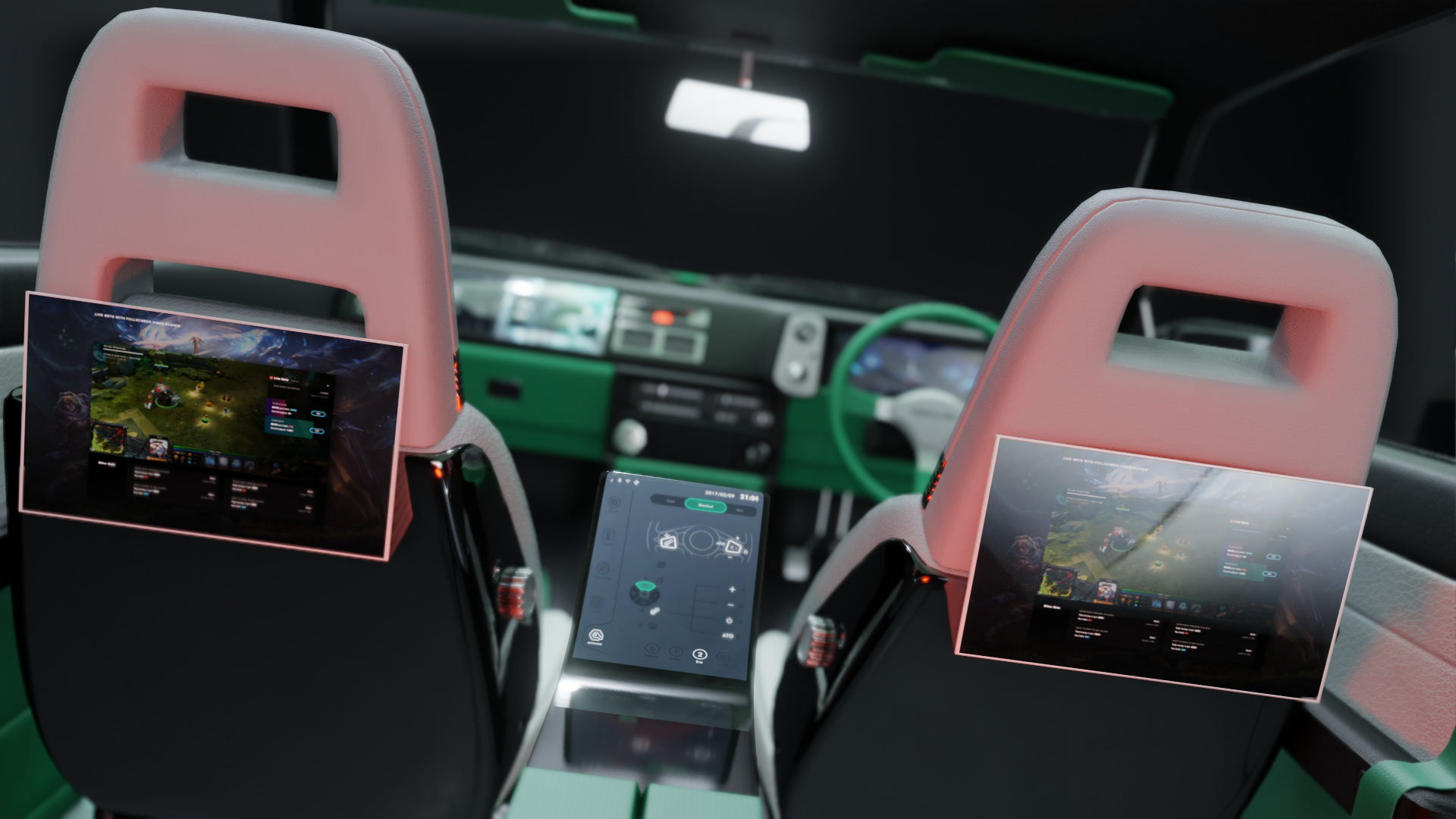Toyota AE86 Sprinter
MERSACURY CUSTOM EDITION
INTRODUCTION
Here’s a quick brain teaser to get you warmed up. How many cars can you think of that were offered – in the same generation – in both front and rear-wheel- drive guises?
True anoraks might well be able to identify the Rover 75 or, if they have a real left-field view, the Renault 5/Clio.
Then there’s the Mk5 Toyota Corolla, another model which, for the most part was a front-driver but which reached its rear-drive apotheosis in the form of the AE86 Corolla Levin and the iconic Sprinter Trueno.
For a car that’s so delightfully ‘correct’ in its engineering, the Trueno has long carried a capacity to divide opinion.



HISTORY
Many can’t understand why a live-axled 96kW car with, let’s face it, barely enough power to get out of its own way, has become such a cult hero.
But there are others who fully appreciate why this car is held in such esteem. To trace its lineage, we need to go back to the start and a man called Shinji Ohira
Ohira-san had been at Toyota since 1968 and was transferred to the Product Planning department as consultant engineer in 1977.
This is the man whose life has been dedicated to the Corolla, from the fourth-generation E70 of 1979 through to the 11th generation E160 model of 2012, Japan’s mandatory retirement age creeping up on him in 2015.
Of course, there were all sorts of packaging and cost benefits of an FF (front- engine, front-wheel-drive) layout, but Ohira hedged on the migration of sporting models to a rear-drive platform.
“With the sportier Levin, we stuck with the FR (front-engine, rear-drive) layout because an FF layout would reduce the sportiness of its performance. Although that, unfortunately, increased the variance within the series, we managed to gain the understanding of the production division and other divisions by setting out a clear policy of always using FF layouts with the sedan version, and then FR layouts with the sports coupes.
MERSACURY EDITION
This trully is an iconic car loved by millions all over the world, a world which is quickly transitioning to sustainable energy. With this in mind, I redesigned the iconic car by incorporating a few subtle exterior changes such as carbon fiber parts, running daytime lights as well as custom branding without completely redesigning the shape and iconic features the way modern designers approach redesigned cars.
The interior too has received a similar treatment but scaled up in terms of modifications. With this modern age where technology is quite dominant, I redesigned the interior to bring it up to modern standards while retaining a few old school elements such as the fm-sterio, traditional vents, stocks, mechanical hand brake and gear as well as a few buttons. The seats are much more plush and comfortable but the look has been kept classic with vegan leather and other sustainable materials. Modern touch sensitive screens have been added to replace the gauges, infotainment, controls as well as entertainment screens at the back whereas the traditional cup holders have been replaced by dedicated storage compartments.
Where this is not considered a luxury or performance car, with this design I incorporated the best of both worlds to achieve a fair balance. The car is a hybrid with a 3 cylinder engine cranking out 350hp backed up by a battery pack capable of 450hp pushing out a combined 800hp. The reason for going with a hybrid and not full electric is because battery packs are heavy. In order to squeeze out the most performance the engine takes up most of the weight that would have been utilized by a battery pack but being a small engine the additional battery pack gives it a significant boost. The carbon fiber body helps keep the weight down as well as other adjustments.
The car can drive only on battery power or engine with significant mileage making it convenient for a lot of people all over the world.









